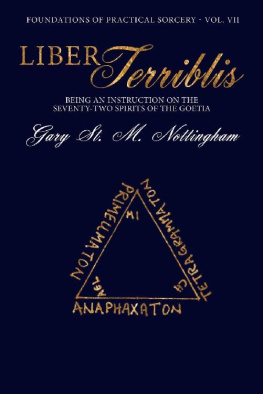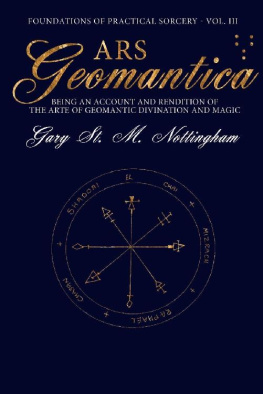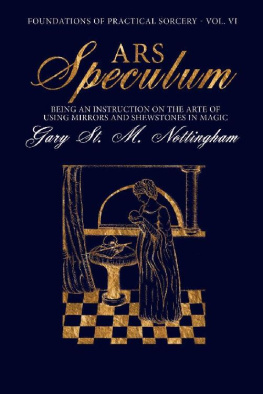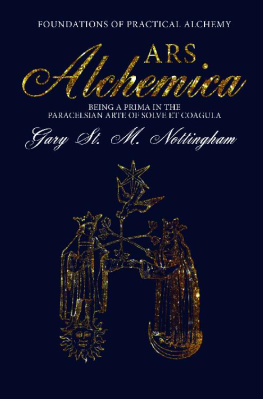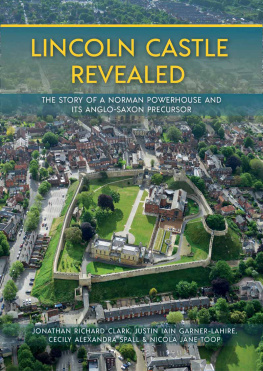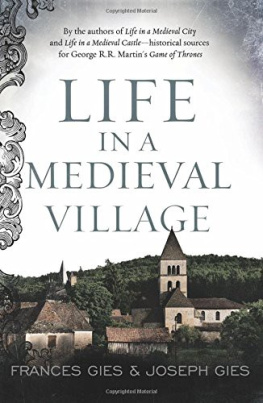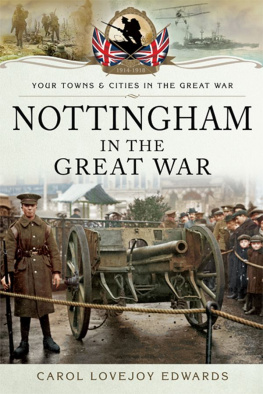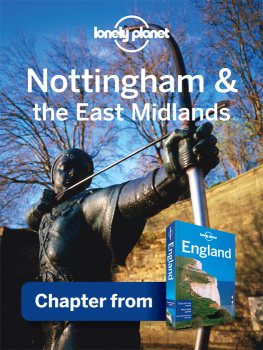First published in Great Britain in 2013 by
PEN & SWORD ARCHAEOLOGY
an imprint of
Pen and Sword Books Ltd
47 Church Street
Barnsley
South Yorkshire S70 2AS
Copyright Scott Lomax, 2013
PAPERBACK ISBN: 978 1 78159 389 9
PDF ISBN: 978 1 47383 115 5
EPUB ISBN: 978 1 47382 999 2
PRC ISBN: 978 1 47383 057 8
The right of Scott Lomax to be identified as the
author of work has been asserted by him in accordance
with the Copyright, Designs and Patents Act 1988.
A CIP record for this book is available from the British Library
All rights reserved. No part of this book may be reproduced or transmitted
in any formor by any means, electronic or mechanical including photocopying,
recording or by any information storage and retrieval
system, without permission from the Publisher in writing.
Printed and bound in England
by CPI Group (UK) Ltd, Croydon, CR0 4YY
Typeset in Times New Roman by
CHIC GRAPHICS
Pen & Sword Books Ltd incorporates the imprints of
Pen & Sword Archaeology, Atlas, Aviation, Battleground, Discovery,
Family History, History, Maritime, Military, Naval, Politics, Railways,
Select, Social History, Transport, True Crime, and Claymore Press,
Frontline Books, Leo Cooper, Praetorian Press, Remember When,
Seaforth Publishing and Wharncliffe.
For a complete list of Pen and Sword titles please contact
Pen and Sword Books Limited
47 Church Street, Barnsley, South Yorkshire, S70 2AS, England
E-mail:
Website: www.pen-and-sword.co.uk
Theres More to Nottingham Than Robin Hood
T he tales of Robin Hood epitomise the popular perception of what Nottingham and its folk were like in medieval times. Beyond the ballads and other texts, however, there has been real evidence uncovered for Nottinghams past which in many ways is more interesting than what is to many a work of fiction. Certainly there is far more to Nottingham than Robin Hood and it is hoped this book will provide the reader with an outline of what the practice of archaeology has contributed to our understanding of the development of Nottingham over the course of thousands of years. Take for example the knowledge from historic texts that the Danish army had winter quarters in Nottingham in 868 and was later occupied by the Norse. and archaeological work of the twentieth century has shown the extent of the Viking town. Yet Nottinghams connections with the Vikings are little known of. The same is true of many aspects of Nottinghams past, as you will discover.
In 1813 a local historian wrote that perhaps there is no other town in the kingdom whose origin is hid in greater obscurity than Nottingham. This is as true today as it was two hundred years ago and this book aims to rectify that situation.
I will concentrate on that area known to archaeologists as the historic core; the area of the medieval town of Nottingham. Readers may wonder why I refer to the area discussed as being a town rather than a city. This is because Nottingham only became a city during the Victorian period and up until reasonably modern times the outlying parts of the city were individual places in their own rights. Certainly until the late-medieval period the historic core stood alone, largely enclosed within defences, with the towns authorities having power only over the land and people contained within.
Despite the richness of historical sources relating to Nottinghams past it is the largely recent results of archaeological work which are discussed here. Often existing documentation is vague. It may refer to buildings, features and even places but not describe their nature or exact location.
Documentation and archaeological work must nonetheless go hand in hand. Archaeology supplements, and is supplemented by, documentation. Documentation can help date archaeological deposits when they can be identified in historic texts and archaeology can help confirm what is said in documentation or shown on historic plans. However, sometimes archaeology contradicts what is referred to in the texts, which may have been based upon misinformation or bias or just be simply incorrect, and often archaeology cannot explain what was written in the past. Sometimes archaeology reveals something about the past that was not previously known from any historic source, and that is a huge part of the fun of the discipline. Archaeological excavations in Nottingham have provided details of the buildings in which people lived, the agricultural activities and industries they carried out, the caves they constructed, the defences within which their occupation was constrained until the seventeenth century and the places where they worshipped. All of these aspects are covered in this book.
The historic core of Nottingham has undergone large scale redevelopment over a number of centuries. In the days before archaeological investigation this led to important remains being destroyed (especially by deep cellars and foundations for buildings and also the stripping down to the natural bedrock before new construction work takes place). However, more recent redevelopment, especially during the second half of the twentieth century, provided opportunities to investigate large amounts of the historic core of Nottingham.
The development of Maid Marian Way and creation of a bus station at Park Row/Cumberland Place, construction of the Broadmarsh Shopping Centre and the Ice Centre, redevelopment on the site of the former General Hospital and creation of buildings across the city centre has transformed the appearance of the city and in striving towards modernity the city has destroyed many of its links to the past.
Nonetheless the entirety of the city centre, with the castle at the west and the Ice Centre at the east, extending towards the River Trent with a small corridor along London Road has been designated an Archaeological Constraint Area in the City Councils Local Development Framework in recognition of the potential for archaeological remains to survive, although how much actually still survives is uncertain.
This book will only describe a small portion of the archaeological work undertaken in the historic core. There have been more than 500 recorded investigations by archaeologists or individuals who have found something that contributes to our knowledge of Nottinghams past. These investigations have been in the form of excavations, watching briefs (where groundworks such as the digging of foundations or the laying of water pipes or other utilities have been observed by an archaeologist), geophysical or other non-invasive surveys, for example probing for subterranean features, borehole sampling or aerial photography.
Between 2008 and 2010 I established, for Nottingham City Council, the Nottingham Urban Archaeological Database, a database linked to a Geographical Information System which provides a fully mapped and searchable record of archaeology within the historic core. I also worked as a researcher on the Nottingham Caves Survey Project with Trent & Peak Archaeology, researching Nottinghams extensive man-made cave systems. During this work I uncovered information that had been lost in archives, sometimes for decades, and it is the knowledge I have acquired during this work, and additional extensive research, which has enabled me to present the very first popular guide to Nottinghams archaeology.
Since the text of this book was written a project which I am The project is managed by Trent & Peak Archaeology, in partnership with Nottingham City Council, and is funded by English Heritage. If the project continues to receive funding to allow detailed research to be undertaken then it will really help provide in-depth knowledge of various aspects of archaeology in Nottingham. Such analysis is crucial but it is also essential to provide a general overview of Nottinghams archaeology for a general audience. Those wanting more in depth knowledge should hope that The Origins of Nottingham goes the full way. This book is intended, however, to be a starting point for those wanting to explore Nottinghams past, be they local people, school or university students, or archaeologists.


